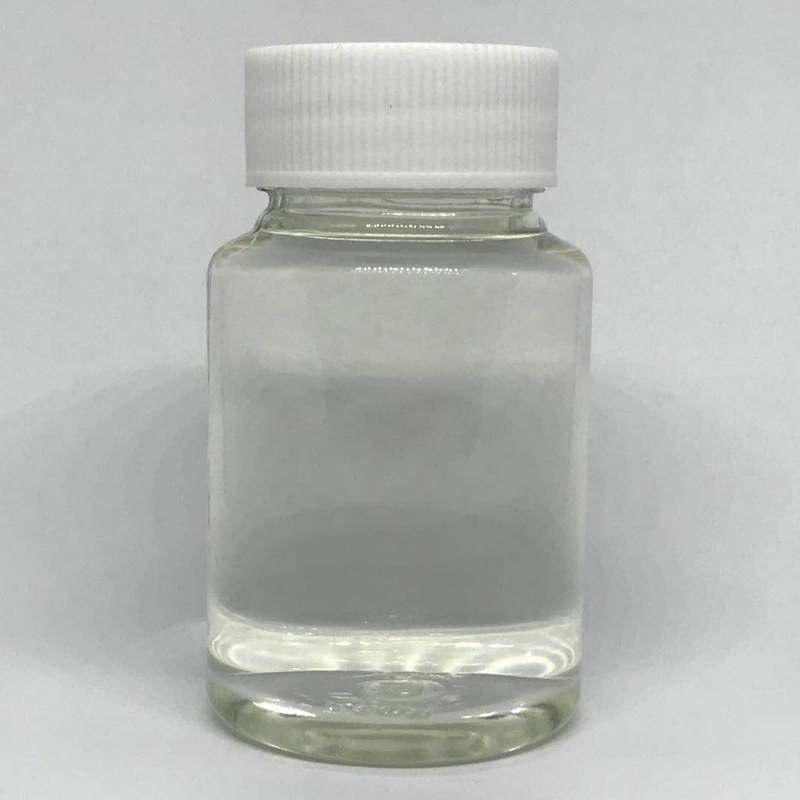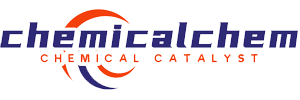[alias]sulfuric acid water, sulfuric acid water.
[molecular formula]h2so4
[properties]pure sulfuric acid is a colorless and odorless oily liquid. melting point 10.36℃ (100%).

handbook of commonly used raw materials for fine chemicals
boiling point: 338°c (98.3%).
density: 1.84g/cm3
it decomposes into sulfur trioxide and water around 340℃. commercially available sulfuric acid varies in purity, ranging in color from colorless, yellow to reddish brown. sulfuric acid is an inorganic strong acid. it can be mixed with water to form solutions of various concentrations; when mixed with water, it releases a large amount of heat. therefore, when diluting sulfuric acid, you can only slowly pour the sulfuric acid into cold water. never pour water into the sulfuric acid to prevent local overheating of the surface of the acid liquid. a large amount of heat energy will be dissipated temporarily and cause a sudden explosion, resulting in acid spray or explosion. accident. concentrated sulfuric acid has strong water absorption. when exposed to air, the volume and weight will increase quickly, so the container must be tightly closed. concentrated sulfuric acid has a strong binding effect on water and can be used as a good desiccant and dehydrating agent; it can separate h and o elements from carbohydrates. therefore, fibers such as sucrose, paper, and cloth can be used when they encounter concentrated sulfuric acid. it is carbonized and turns into black coke; it can also sulfonate or sulfate organic matter. sulfuric acid is highly corrosive and oxidizing. it can form sulfate with almost all metals and their oxides and hydroxides, and can also react with other metals. salt action of inorganic acids. although iron cannot resist the action of dilute sulfuric acid, it is corrosion resistant to concentrated sulfuric acid. when there is no air at normal temperature, cast iron can withstand more than 62% of sulfuric acid, and can withstand more than 93% of concentrated sulfuric acid even at temperatures above 100°c. therefore, iron drums can be used to transport concentrated sulfuric acid. lead is extremely resistant to corrosion by dilute sulfuric acid, but is less resistant to concentrated sulfuric acid.
[use]sulfuric acid is one of the important chemical products with large output and wide application in the chemical industry. it is widely used in chemical industry, fine chemical industry, light industry, textile, dyes, medicine, food, leather , metallurgy and other industries. for example, it is used to make ammonium sulfate, superphosphate, phosphoric acid, hydrofluoric acid, boric acid, aluminum sulfate, copper sulfate, zinc sulfate, ferrous sulfate and other chemical fertilizers, inorganic acids and sulfate products. it is also used in acidification, sulfonation, catalysis, dehydration and other organic synthesis to produce formic acid, oxalic acid, citric acid, benzoic acid, resorcinol, ethyl acetate and other products. in the textile dyeing and finishing industry, it is used as cotton desizing agent, pickling agent, neutralizing agent, soluble vat dye developer, dyeing auxiliary agent and carbonizing agent for removing wool impurities. in the petroleum refining industry, it is used to refine oil products and remove sulfides and unsaturated hydrocarbons in the oil products. the pigment industry is used in the manufacture of titanium dioxide, lithopone, cerulean blue, etc. in the leather industry, it is used to make leather. in the pharmaceutical industry, it is used to produce salicylic acid, nitrofurazone, p-nitrochlorobenzene and pharmaceutical intermediates. the synthetic detergent industry is used to produce sodium alkyl benzene sulfonate, sodium tripolyphosphate, etc. in the metallurgical industry, it is used for purifying various metal surfaces and purifying rare metals. the dehydrating property of sulfuric acid can be used to preserve vegetables and grains. it can also be used for hard water softening, water quality treatment and as a catalyst in starch glue production.
[brief preparation method]
①the industrial methods for producing sulfuric acid mainly include contact method and tower method (nitrification method). the crude dilute sulfuric acid obtained by the tower method has a concentration of about 75%. the contact method can obtain 98.3% pure concentrated sulfuric acid. at present, all industrial production in my country adopts the contact method. according to the types of raw materials used, it can be divided into sulfur method, pyrite method, gypsum and phosphogypsum method, and smelting flue gas method.
② when preparing a small amount of pure concentrated sulfuric acid in the laboratory, an appropriate amount of potassium permanganate can be added to the industrial sulfuric acid to remove some reducing impurities, then barium sulfide is added to remove potassium ions, and then it is obtained by distillation.
[safety and protection]sulfuric acid is a first-class inorganic acidic corrosive substance, hazard regulation number: 91007. it should be stored in a ventilated, cool and dry place, away from sunlight, strictly protected against moisture and moisture, and should not be mixed with oxidants, metal powders, grease, explosives, etc. in case of fire, yellow sand, mist water and carbon dioxide fire extinguishers can be used to put out the fire.
sulfuric acid has irritating and burning effects on respiratory mucosa and can damage the lungs. if the skin comes into contact, it must be rinsed with plenty of cold water as soon as possible, followed by 2% soda solution. the amount of water used must be sufficient. using too little water to rinse the sulfuric acid will intensify skin burns due to the release of dilution heat. if it splashes into your eyes, rinse immediately with clean water and then 2% boric acid solution. if serious, send to hospital for treatment.
sulfuric acid with a concentration greater than 80% can be shipped in a tanker made of steel plates, or packaged in a ceramic jar and placed in a wooden box, filled with grass and other materials around it, and the mouth of the jar sealed with acid-resistant materials. items under 5kg can be packed in glass bottles, and there should be a “corrosive substance” mark on the packaging.

 微信扫一扫打赏
微信扫一扫打赏

